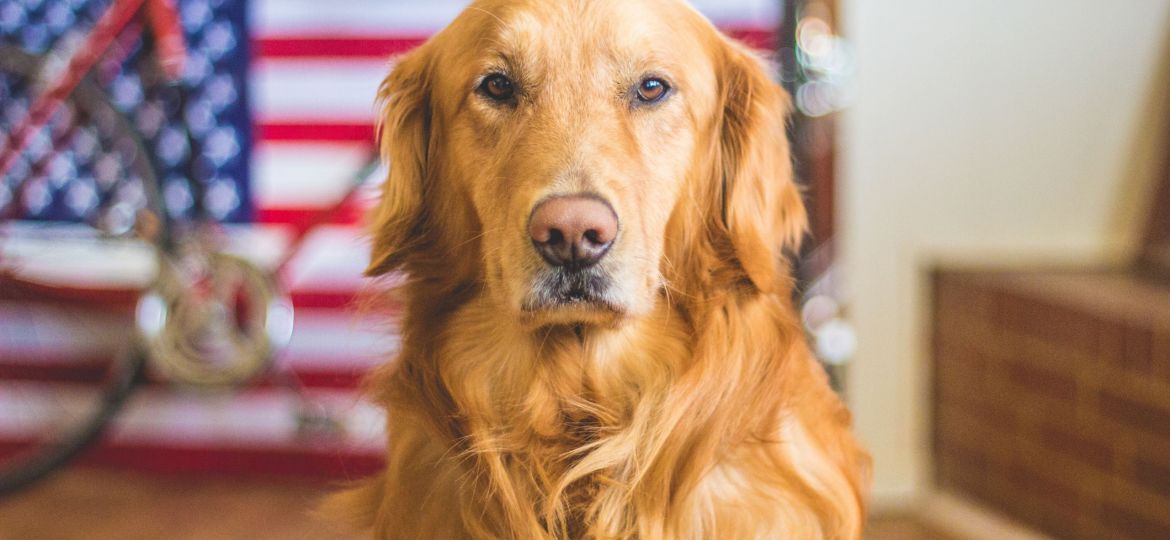
What Kinds of Narcotics Can Sniffer Dogs Detect?
The idea of sniffer dogs has been around longer than you suspect, with recognition dogs utilized by British powers in World War 2 to distinguish explosives. Police dogs have been utilized for beyond one hundred years, and hunting dogs even went with police powers in the quest for Jack the Ripper in 1888. UK Police, Military powers, and security groups have dominated the utilization of dogs for identification purposes, with the norm of preparing to expand throughout the long term. Preparing methods have been created and refined, and talented dogs are continuously getting better at drug discovery.
What they can smell
Sniffer dogs can smell a wide scope of substances, from marijuana to heroin, to ketamine and MDMA. They are prepared to recognize unlawful smells that transmit from specific medications. While most sniffer dogs are prepared to distinguish hard medications, like cocaine, heroin, and delight, they additionally can identify lower-class medications and pills.
The rundown of substances that dogs can recognize is continuously expanding in size. Presently, County Security UK’s pursuit and identification dogs can smell:
- MDMA: This medication is short for 3,4-methylenedioxymethamphetamine.
- Ketamine: A sedative medication utilized in both clinical and veterinary practices.
- Maryjane: Or Weed, Cannabis and Pot.
- Heroin: This is a narcotic known for its euphoric impacts.
- Cocaine HCL: Or Cocaine Hydrochloride.
- Rocks: This subsidiary is cocaine blended in with water and another substance, frequently sodium bicarbonate.
- Joy: Also known as Molly and MDMA.
- Methamphetamines: The three principal types of methamphetamines are: glasslike, powder, and base.
- Narcotics: Examples include Codeine, Morphine, Oxycodone, and Heroin.
- K2: Also alluded to as Spice.
- Xanax: Used to treat tension and frenzy issues.
- Adderall: An energizer that can increment center as well as focus.
- Precious stone Meth: A methamphetamine that is exceptionally habit-forming to the shopper.
- LSD: Short for Lysergic Acid Diethylamide.
- Fentanyl: A kind of narcotic utilized for torment killing purposes.
- Amphetamine: These are utilized to treat ADHD, Narcolepsy, and Obesity.
As well as other over-the-counter and physician-endorsed drugs. Discovery dogs are prepared to recognize these substances and their subordinates, safeguarding a particular region from unlawful medications. Their feeling of smell is multiple times that of people and given their high insight they can be effortlessly prepared to distinguish and recognize specific scents.

How they are prepared
Discovery dogs start preparing when they are yet a pup, around six to about two months relying upon the assurance of the dog. Certain little dogs will be recognized in a litter and picked by security, military, and police powers for a particular reason. Before long turns out to be clear which dogs are not fit for the identification way of life.
From that point, doggies are instructed with a prize framework, granted a treat or toy at whatever point they effectively identify the presence of medications. That fragrance is then connected with a treat and dogs will joyfully search out drugs or different substances. Mentors should be given authorization and accreditation by policing assuming they wish to utilize little examples of medications during preparation yet can utilize choices that emulate the aroma of different medications.
Sniffer dogs are prepared to alarm in two unique ways, latently and forcefully. The previous alludes to a dog lying or plunking down whenever it has recognized a fragrance, while the last option comprises of a sniffer dog pawing or digging at the spot without harming individual property. Inactive alarms are more normally utilized by controllers, as they present to a lesser degree danger to property and assets.


